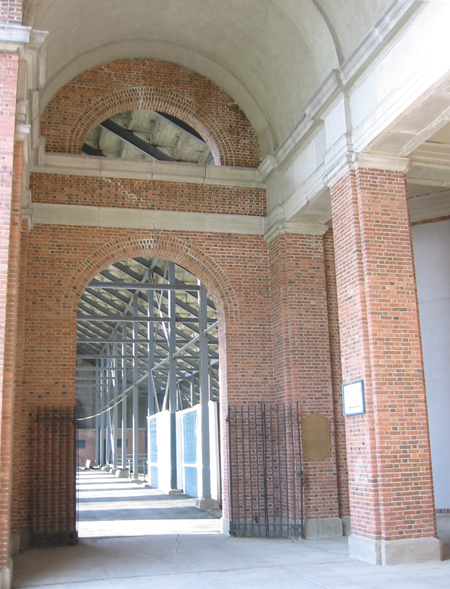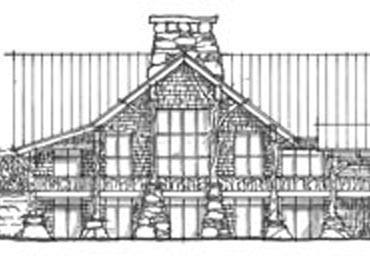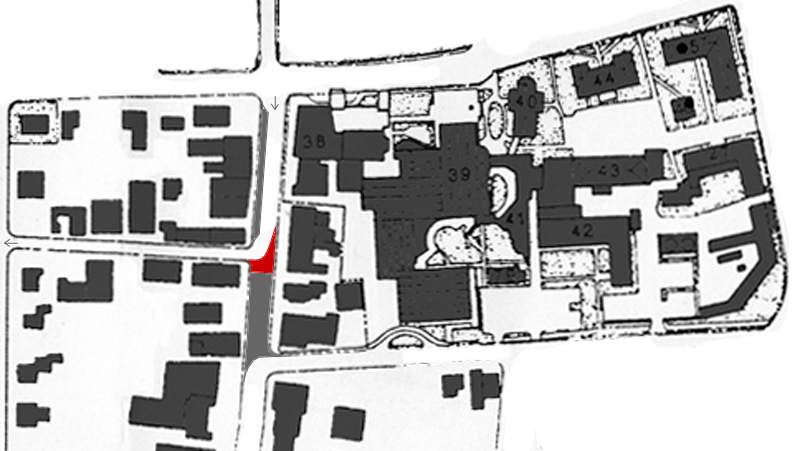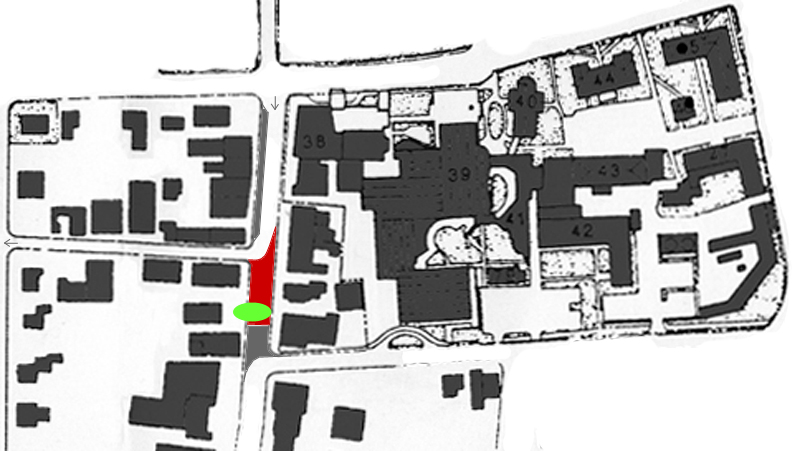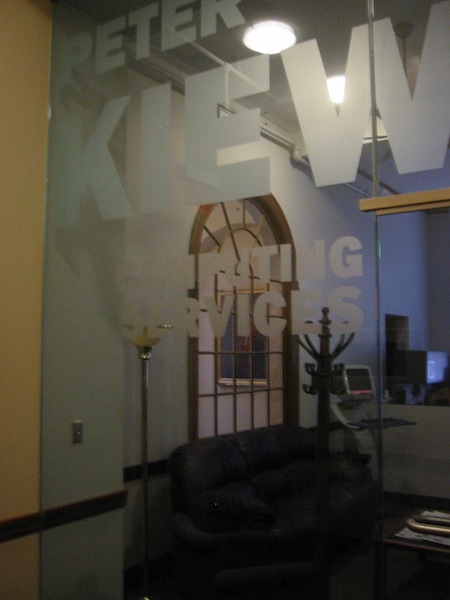Neighborhoods
We learn from The Dartmouth of March 21 that the Board of Trustees wants to change the housing system to focus on “neighborhoods” in order to increase continuity and so on. But there will be more to it than administrative changes, according to The Dartmouth of April 1:
[Mike Wooten] said a full transition to the “neighborhoods” system could take up to 10 years.
Wooten said he hopes outside architectural firms will submit design recommendations by fall 2014. Any construction projects, including renovations, will be decided after a firm is selected.
The college has selected Sasaki Associates as the design firm. Sasaki is currently designing an indoor practice facility to stand next to the Boss Tennis Center and has designed a master plan for Vermont Law School in South Royalton. The Dartmouth writes:
Based on their research, the Sasaki team and ORL will determine by the end of the summer whether to construct new residence halls in addition to renovating existing living spaces, Wooten said.
The MyCampus survey software that Sasaki uses in its research was created for the master planning process at Babson College in Massachusetts. The firm’s idea-gathering at Dartmouth started yesterday (Planner’s Blog).
In this early stage, the neighborhoods idea sounds a lot like the “cluster” program of the mid- and late-1980s.
Clusters and Faculty Residences
The cluster program now seems to have been mostly an organizational effort, but it did include a substantial architectural component. A series of projects, and presumably the prior study and planning, were carried out by the Boston firm of Charles G. Hilgenhurst Associates. The college made kitchen/lounge renovations in several dorms and built significant additions on others:
- Lounge addition at rear of New Hampshire Hall
- Lounge addition in crook of Topliff Hall
- Expansion of original social room in crook of Hitchcock Hall
- Hyphen connecting Butterfield and Sage Halls
- Two hyphens connecting North, Middle, and South Fayerweather Halls
Lounges or social rooms, of course, are not new; they go back in a formal sense to North and South Massachusetts (1911-1912, Charles A. Rich).
The difference between an old cluster and a new neighborhood might be the inclusion of faculty residences. The institutional effort to establish a spatial association between faculty and student housing at Dartmouth goes back to the optimistic Fifties and seems to have been influenced by preparatory school practice. The Clark Preparatory School left Hanover for Cardigan Mountain in 1953 and sold its campus to Dartmouth. The college turned Clark’s Alumni Hall (1938, Jens F. Larson) into a dormitory and renamed it Cutter Hall. The building’s existing prep-school room layout included a faculty residence; Dartmouth seems not only to have left the floor plan unchanged but to have created a living-learning residential program to fit it.
The college also began to make plans for a whole group of dormitories on the prep school’s athletic field, behind Alumni Hall. This group of Choate Road Dormitories (1956, Campbell & Aldrich) would comprise two pairs of dormitories, each with a faculty residence attached. The bold, idealistic, cinderblocky experiment of the Choates did not last long. Faculty residences were left out of the River Cluster, built by the same firm just a few years after the Choates. The Cutter Hall program also dropped the faculty element within a few years.
The only new dorms the college would erect as part of the 1980s cluster movement, the East Wheelock Cluster (1985-1987, Herbert S. Newman Associates), did not involve a faculty residence at first. They were planned, by a New Haven architect used to designing Yale colleges, to include four buildings. The program was pared to three buildings and Frost House (the White House) was spared. The house became the faculty residence for the “supercluster” iteration of East Wheelock when it was constituted in 1996 (see Dartmouth Now on the current changeover to a new faculty director).
Residential Colleges
Since the Harkness gifts of the late 1920s allowed Harvard and Yale to follow the form if not the underlying federative structure of Oxford or Cambridge, a lot of study has gone into the idea that a large institution should be split into smaller living-learning units (see the Collegiate Way website).
Although traditional anti-universitization sentiment requires that the Harvard/Yale idea be distinguished at Dartmouth (see the pains taken by Dartmouth Now to mention unique local circumstances), Dartmouth’s administration finally seems ready to commit fully to a residential college program. During the 1920s, Dartmouth’s President Hopkins
considered the possibility of breaking up the entire College into similar units. He finally decided that Dartmouth was uniquely suited to be one big unit, and that all that was lacking was a central student union which would have social and educational advantages.
The eventual Hopkins Center for the Arts included a snack bar and a student maibox area, but it obviously is not a glue that can hold the big unit together. Over the next few years, it will be interesting to see what architectural solutions are invented to tackle this social problem now that the administration has determined that the monolith cannot be maintained.
—–
